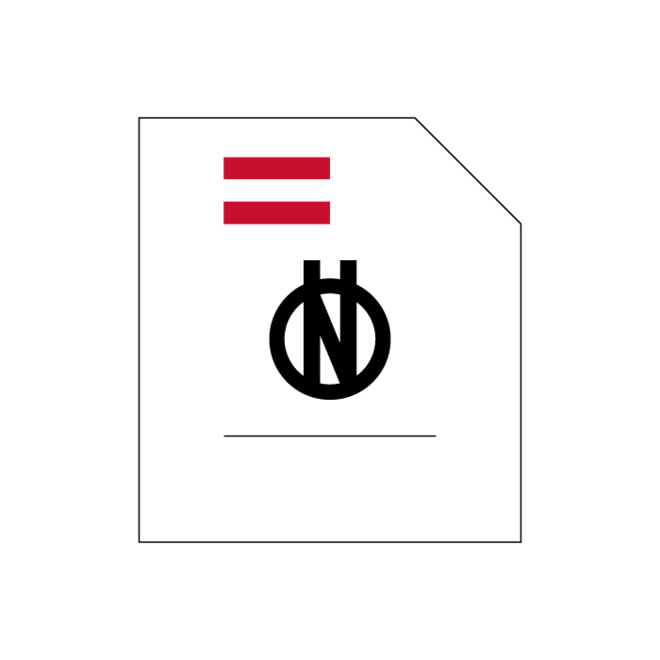Please select and order
€171.12
excl. VAT plus shipping costs
CONFIGURE NOW


Norm
ÖNORM EN ISO 5136
Issue date: 2010 01 01
Acoustics - Determination of sound power radiated into a duct by fans and other air-moving devices - In-duct method (ISO 5136:2003)
This International Standard specifies a method for testing ducted fans and other air-moving devices to determine the sound power radiated into an anechoically terminated ...
Read more
Valid
Publisher:
Austrian Standards International
Format:
Digital | 79 Pages
Language:
German
| English
| Download GER/ENG
Optionally co-design standards:
This International Standard specifies a method for testing ducted fans and other air-moving devices to determine the sound power radiated into an anechoically terminated duct on the inlet and/or outlet side of the equipment.
NOTE 1 For the sake of brevity, wherever the term fan occurs in the text, it means fan or other air-moving device. The method is applicable to fans which emit steady, broad-band, narrow-band and discrete-frequency sound and to air temperatures between -50 °C and +70 °C. The test duct diameter range is from 0,15 m to 2 m.
Test methods for small (d < 0,15 m) and large (d > 2 m) test ducts are described in the informative Annexes H and I, respectively.
The maximum mean flow velocity at the microphone head for which the method is suitable depends on the type of microphone shield used, and is as follows: foam ball 15 m/s; nose cone 20 m/s; sampling tube 40 m/s.
Above these values the suppression of turbulent pressure fluctuations by the microphone shield (see 3.9) may be insufficient.
It is expected that sound power tests will be conducted in conjunction with airflow performance tests in accordance with ISO 5801. The ducting arrangement will therefore normally incorporate a star type flow straightener on the outlet side of the fan which will minimize swirl (see 7.3). Where it is permissible to delete
the straightener as, for example, with large fans to installation category C according to ISO 5801:1997, the method is limited to a swirl angle of 15°. (An example of a method for determining the angle of swirl is given in Annex J.)
NOTE 2 The installation categories defined in ISO 5801 imply that the fan is either ducted on the outlet side only (category B), on the inlet side only (category C) or on both sides (category D).
The method described in this International Standard is applicable to a sound source in which a fan is
(...abbreviated)
ÖNORM EN ISO 5136
2010 01 01
Acoustics - Determination of sound power radiated into a duct by fans and other air-moving devices -...
Norm
↖
ÖNORM EN ISO 5136
2003 10 01
Acoustics - Determination of sound power radiated into a duct by fans and other air-moving devices -...
Norm
ÖNORM EN 25136
1994 06 01
Acoustics - Determination of sound power radiated into a duct by fans - In-duct method (ISO 5136:199...
Norm
Norm
ISO 5801:1997
Issue date :
1997 06 12
Industrial fans — Performance testing using standardized airways
Norm
ISO 5136:2003
Issue date :
2003 03 31
Acoustics — Determination of sound power radiated into a duct by fans and other air-moving devices — In-duct method
